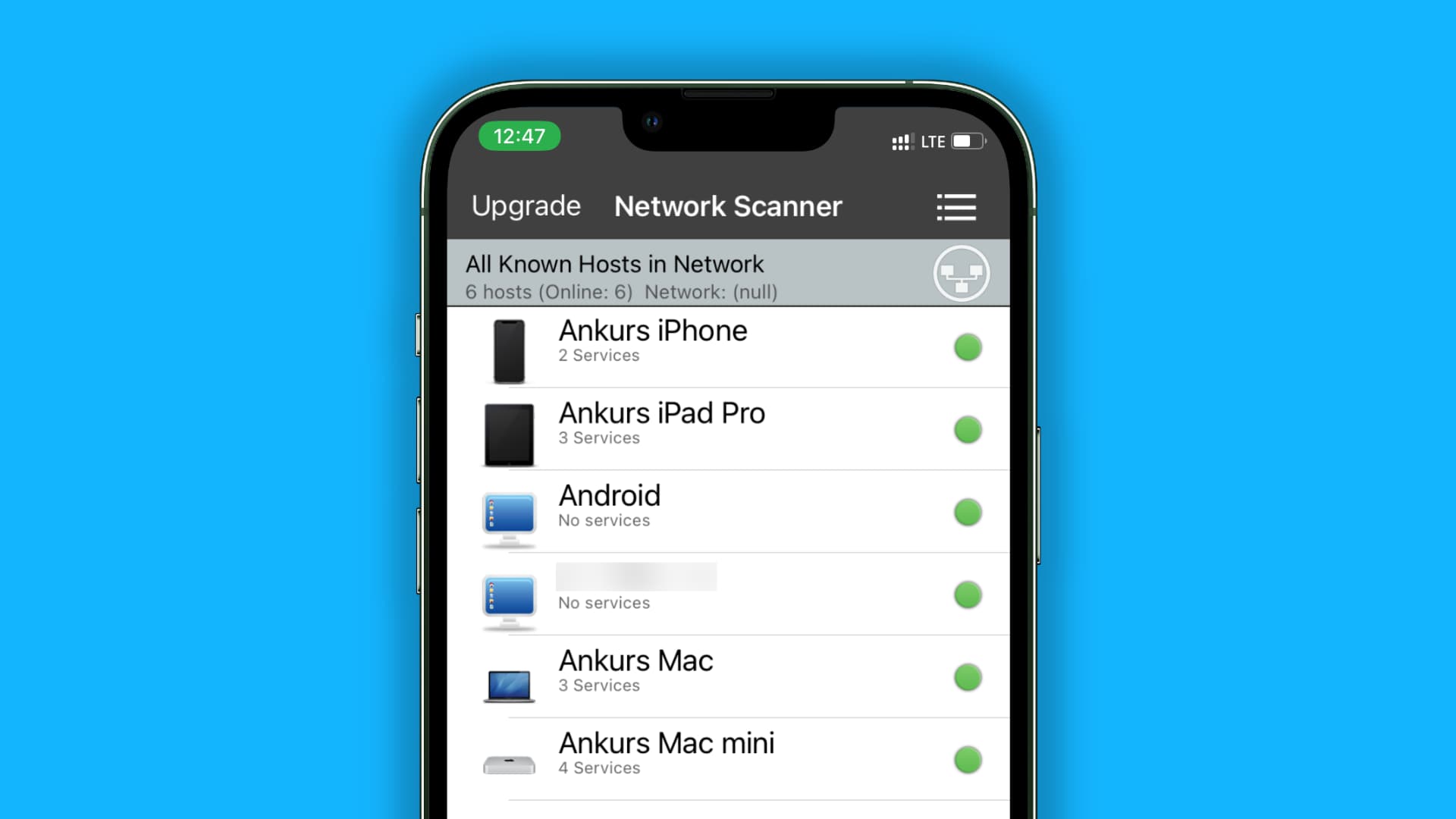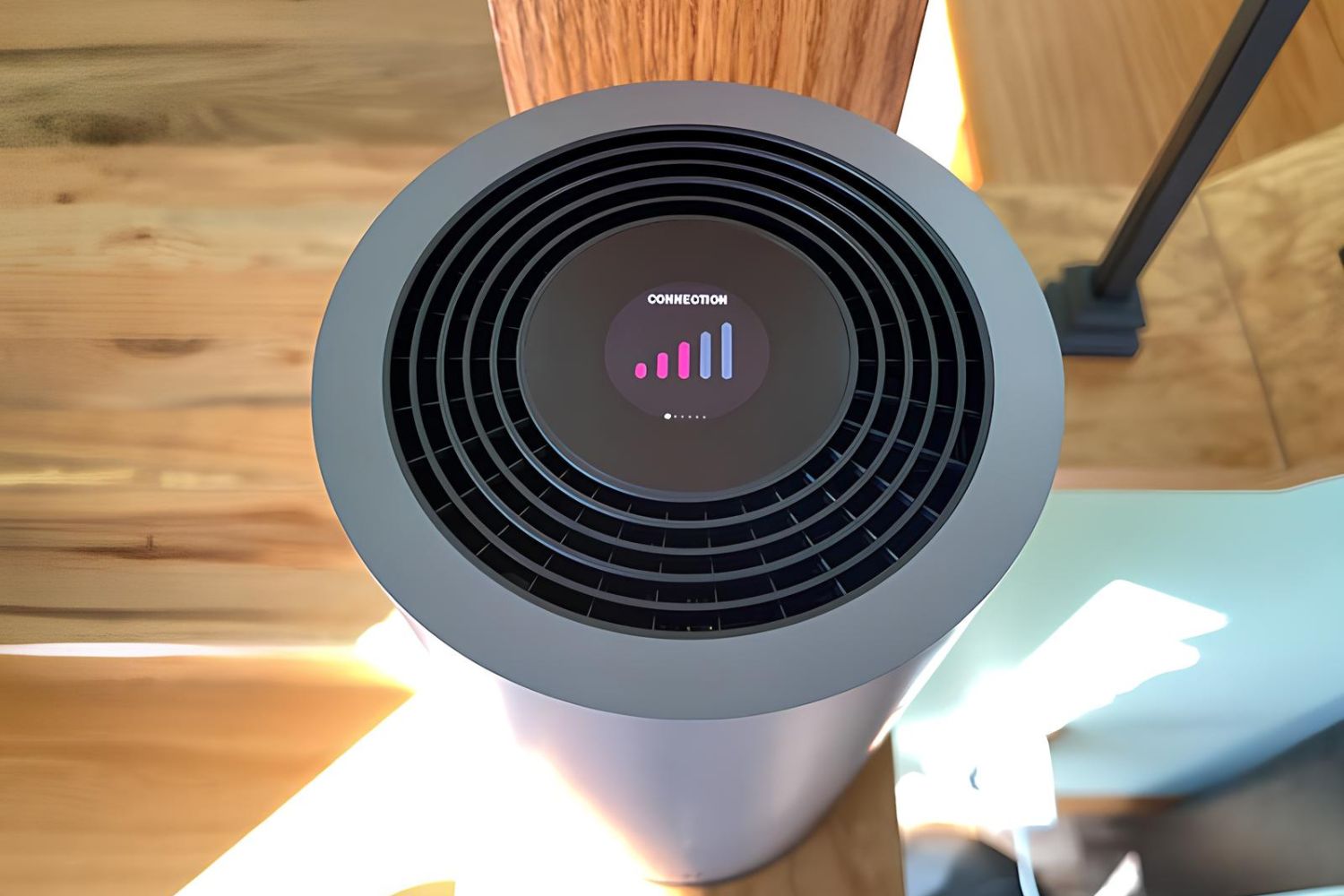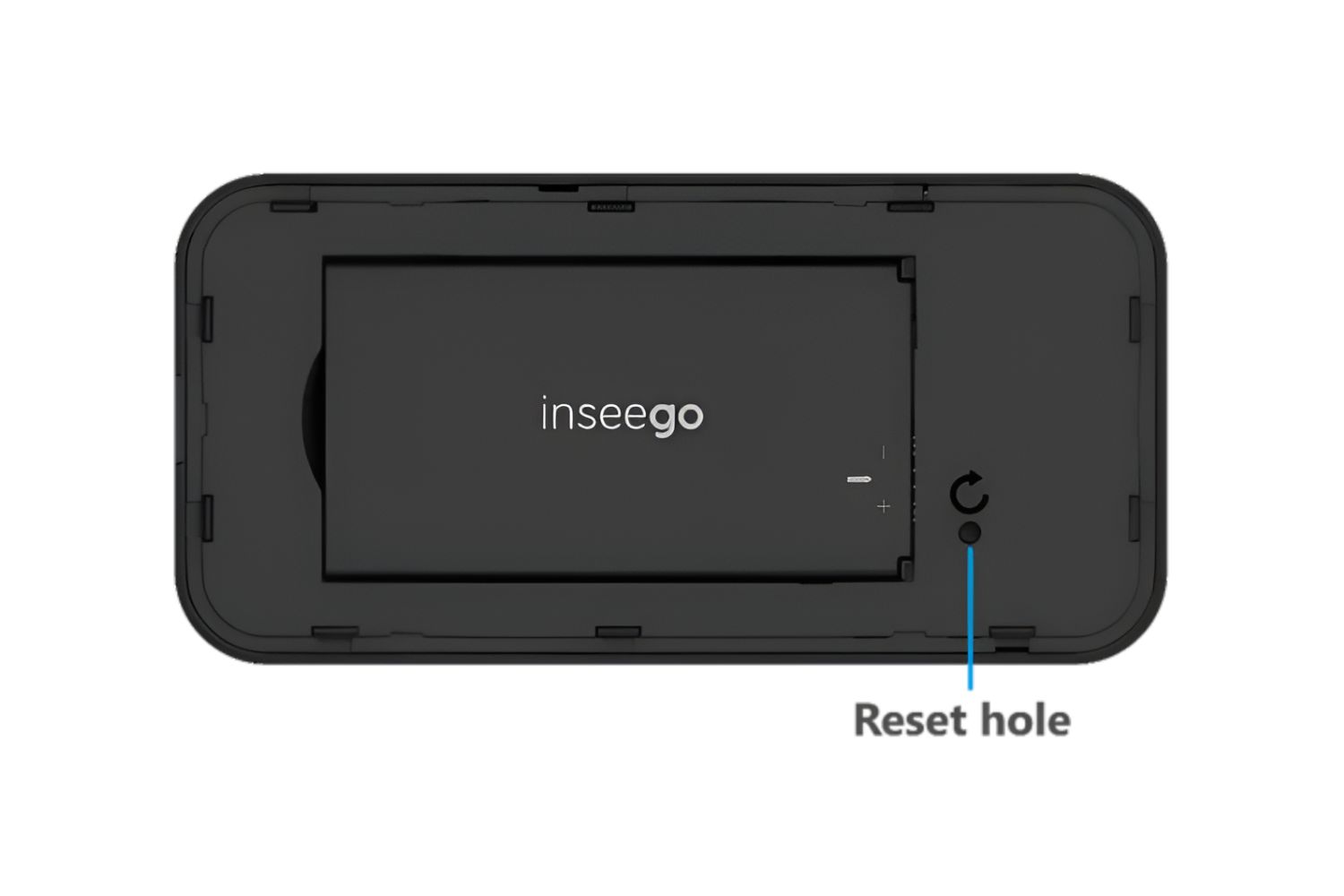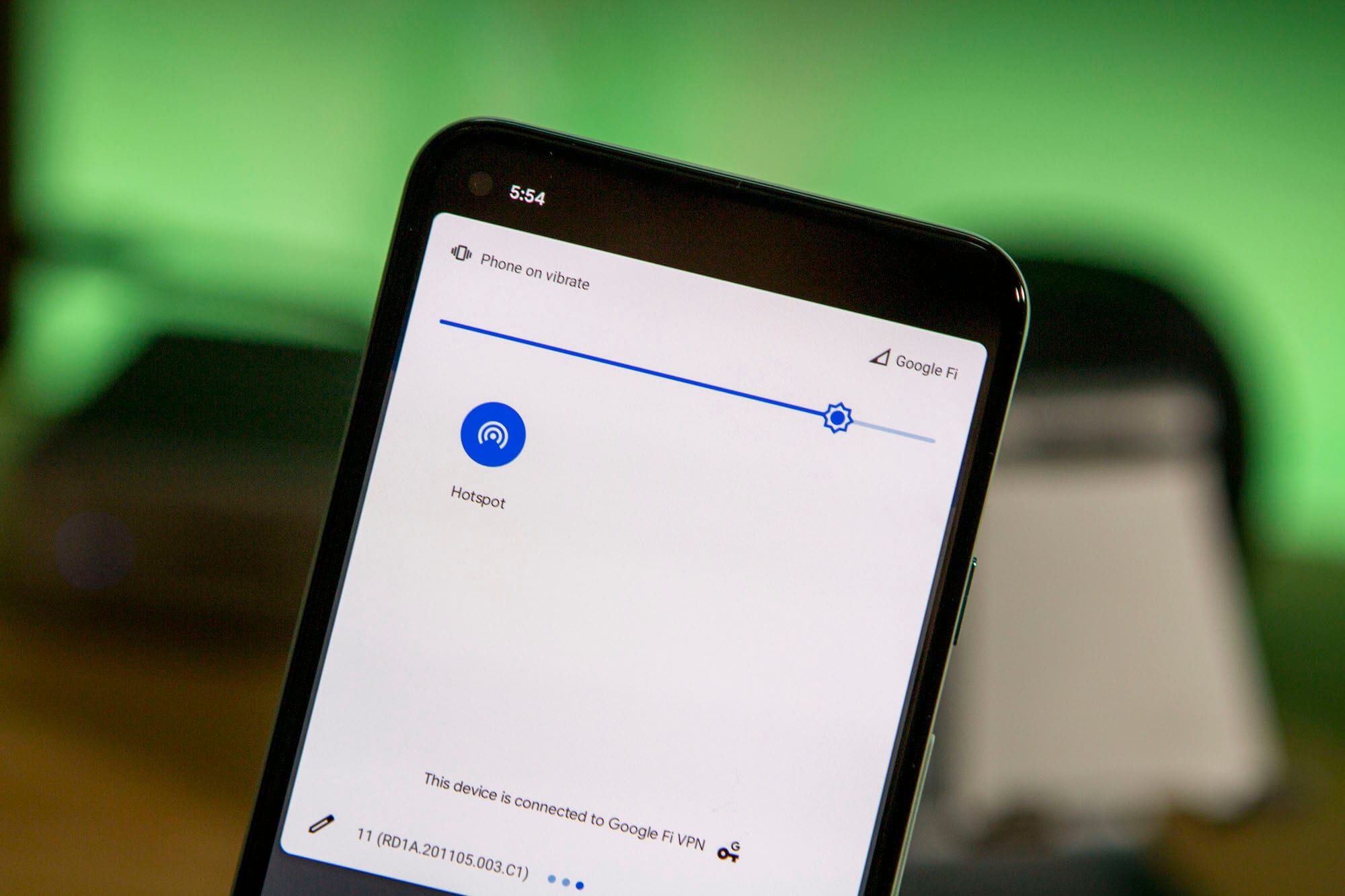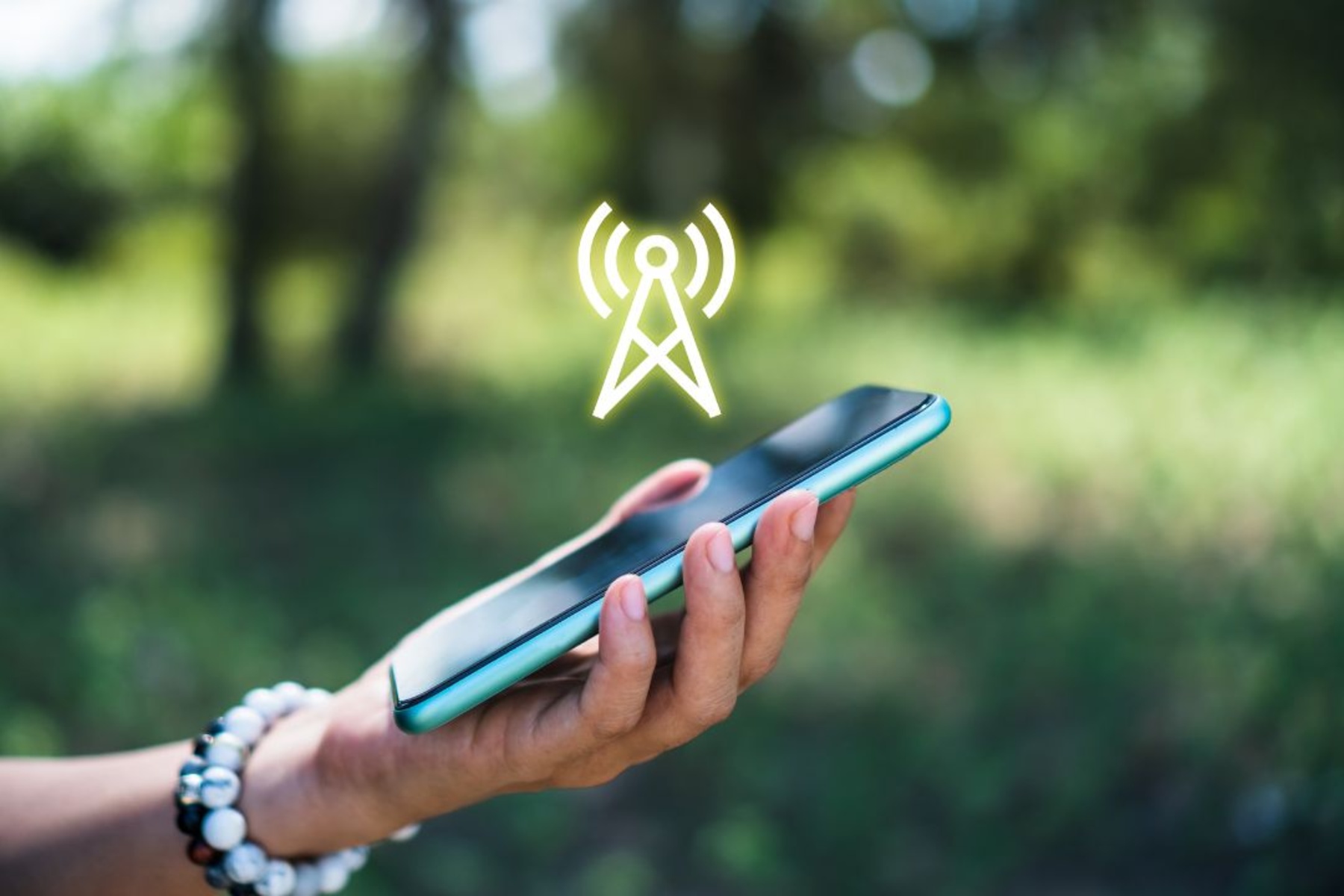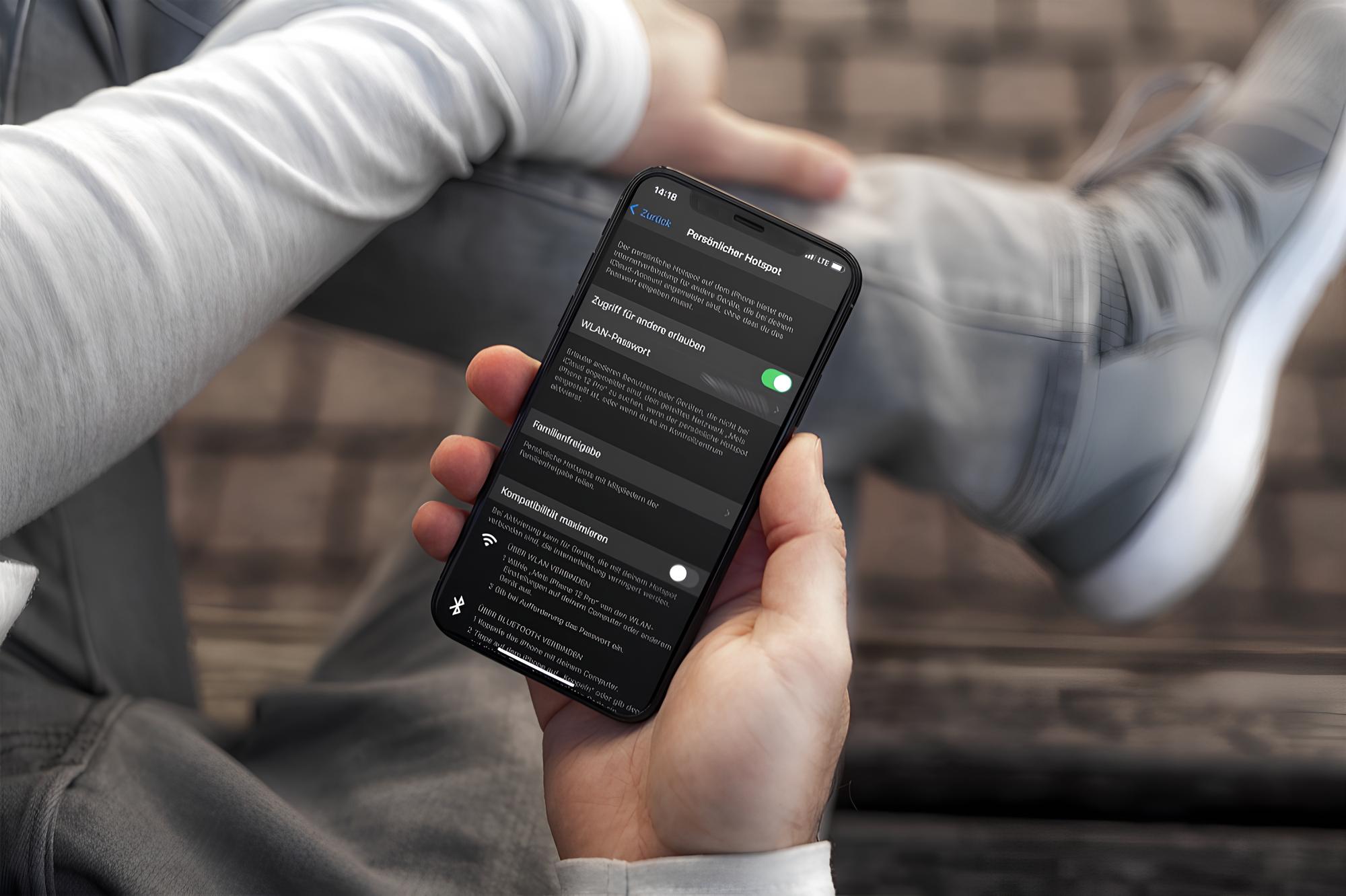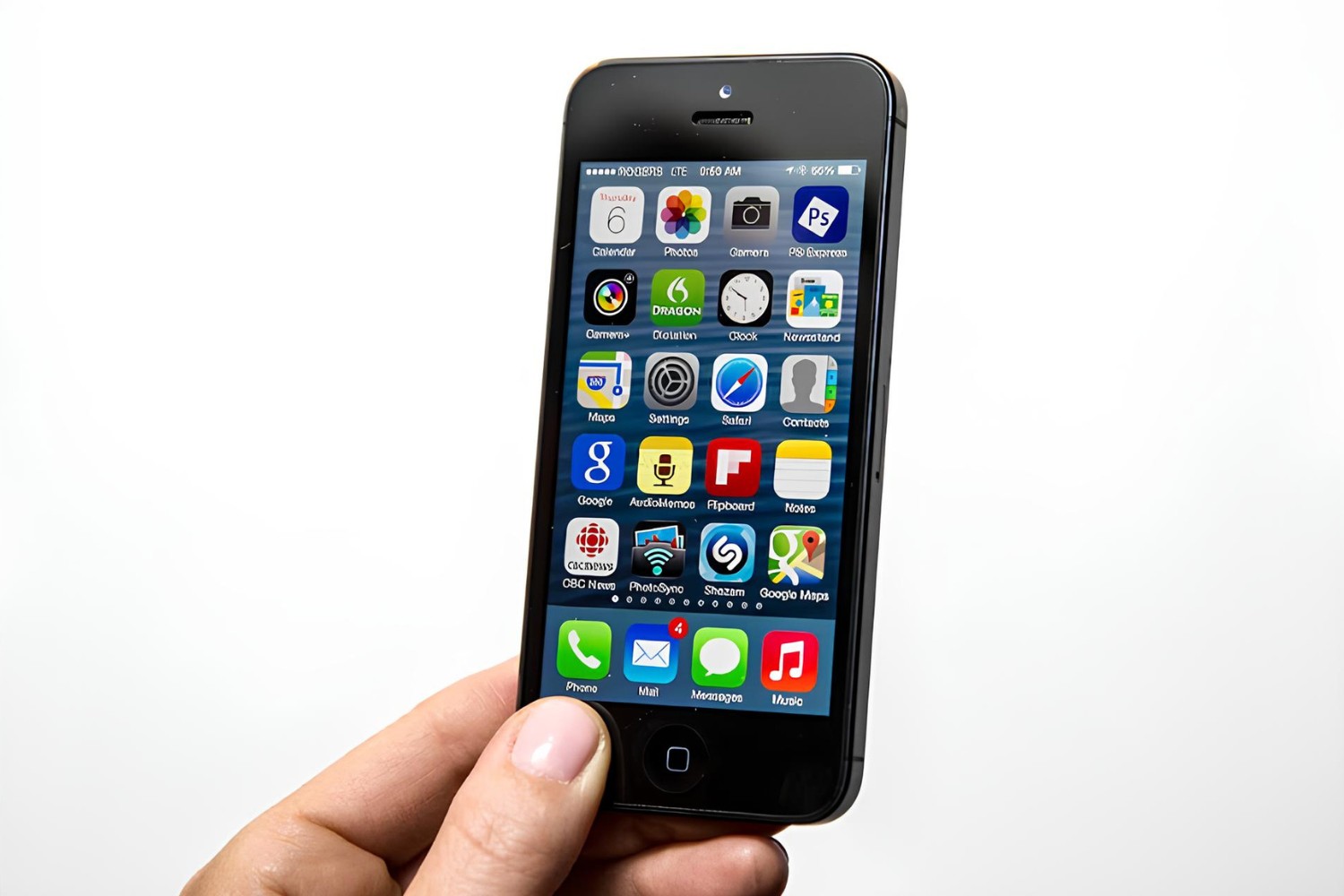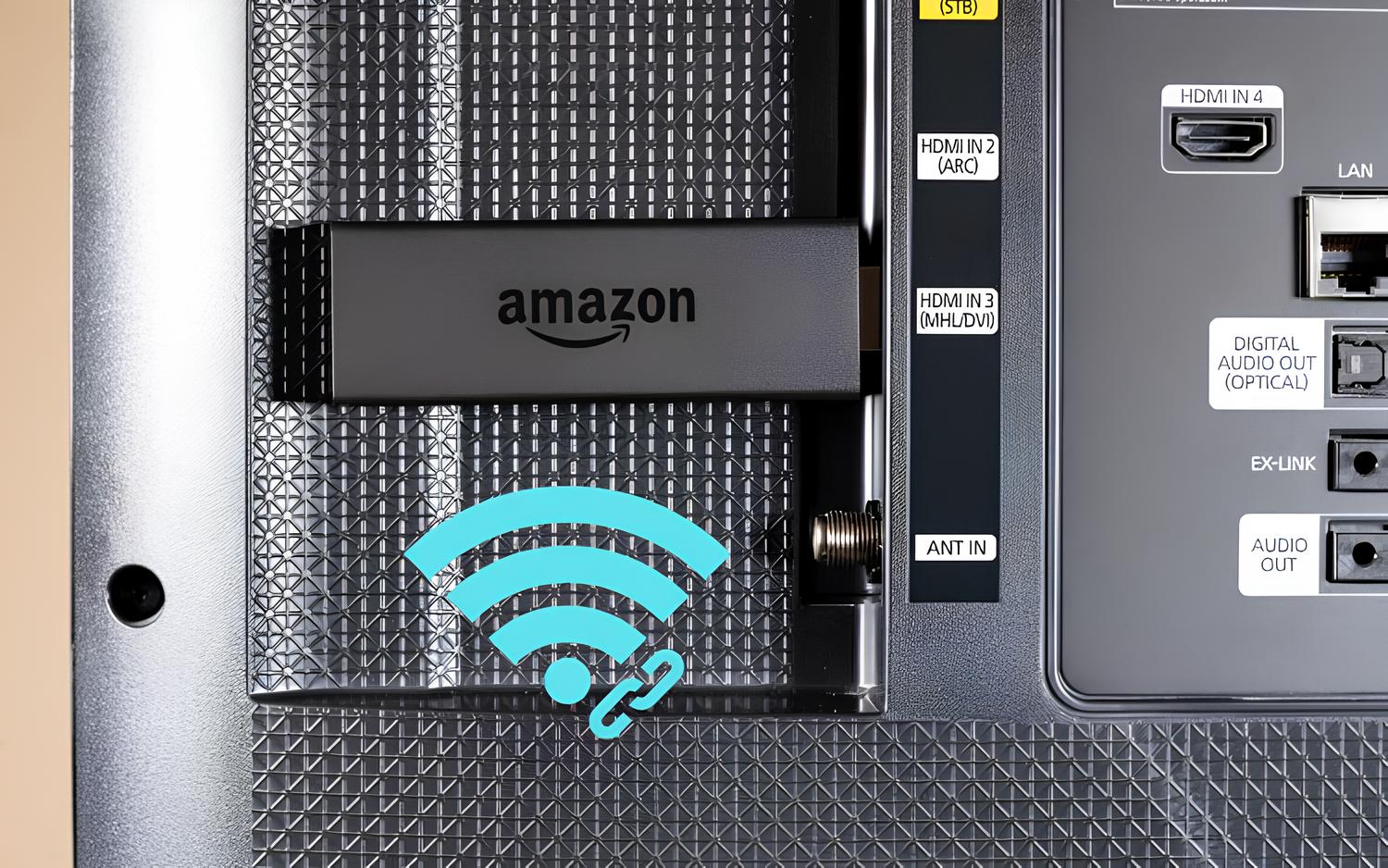Introduction
When you're on the go and need internet access, a mobile hotspot can be a lifesaver. It enables you to connect your devices to the internet using your smartphone's data connection, allowing you to stay connected wherever you are. However, there may be instances when you need to disconnect devices from your hotspot. This could be due to security concerns, the need to free up bandwidth for essential tasks, or simply to manage the number of connected devices.
In this quick guide, we'll walk you through the simple steps to disconnect devices from your hotspot. Whether you're using your smartphone as a hotspot or a dedicated mobile hotspot device, the process is generally straightforward. By following the steps outlined in this guide, you'll be able to manage your connected devices efficiently and ensure that your hotspot remains secure and optimized for your specific needs.
So, if you've ever found yourself wondering how to remove a device from your hotspot network, you're in the right place. By the end of this guide, you'll have the knowledge and confidence to manage your hotspot connections with ease. Let's dive in and explore the simple yet essential steps to disconnecting devices from your hotspot.
Step 1: Accessing the hotspot settings
Accessing the hotspot settings is the crucial first step in disconnecting devices from your hotspot. The process may vary slightly depending on the device you're using as your hotspot, such as a smartphone or a dedicated mobile hotspot device. Here's a detailed look at how to access the hotspot settings on different devices:
Smartphone Hotspot Settings:
-
Android Devices:
- On an Android smartphone, start by navigating to the "Settings" app.
- Next, locate and tap on the "Network & Internet" or "Connections" option.
- Then, select "Hotspot & tethering" or a similar option, depending on your device.
- Finally, tap on "Mobile hotspot" to access the hotspot settings.
-
iOS Devices (iPhone):
- For iPhone users, begin by opening the "Settings" app.
- Scroll down and tap on "Personal Hotspot" to access the hotspot settings.
Dedicated Mobile Hotspot Device Settings:
If you're using a dedicated mobile hotspot device, the process typically involves accessing the device's admin interface through a web browser. Here's how to do it:
- Connect to the Hotspot:
- First, connect your computer or smartphone to the Wi-Fi network broadcasted by the mobile hotspot device.
- Open a Web Browser:
- Launch a web browser such as Chrome, Firefox, or Safari on the connected device.
- Enter Admin URL:
- In the address bar, enter the IP address or web domain specified in the user manual or provided by the manufacturer. This will take you to the login page for the hotspot device's admin interface.
- Log In:
- Enter the username and password for the admin interface. This information is typically found in the device's user manual or on a sticker attached to the device itself.
Once you've successfully accessed the hotspot settings, you're ready to proceed to the next step of locating the connected devices.
By following these steps, you can easily access the hotspot settings on your smartphone or dedicated mobile hotspot device, setting the stage for managing your connected devices effectively.
Step 2: Locating the connected devices
After accessing the hotspot settings, the next crucial step is to locate the devices currently connected to your hotspot. This is essential for identifying which devices you want to disconnect and ensuring that you have a clear overview of your network. Here's how you can easily locate the connected devices on both smartphone hotspots and dedicated mobile hotspot devices:
Smartphone Hotspot Devices:
Android Devices:
On an Android smartphone, once you have accessed the hotspot settings, you can typically find a list of connected devices directly within the hotspot settings menu. Look for an option such as "Connected devices," "Connected users," or "Manage devices." Tapping on this option will display a list of devices currently connected to your hotspot, along with relevant details such as device names, IP addresses, and connection status.
iOS Devices (iPhone):
For iPhone users, after accessing the hotspot settings, you can find a similar list of connected devices within the "Personal Hotspot" settings. Look for a section labeled "Connected devices" or "Connected users" to view the list of devices currently using your hotspot for internet access.
Dedicated Mobile Hotspot Devices:
If you're using a dedicated mobile hotspot device, the process of locating connected devices may vary slightly. Typically, the admin interface of the hotspot device will provide a section specifically dedicated to displaying connected devices. Once you've logged into the admin interface through your web browser, look for a tab or menu option related to "Connected devices," "Client list," or "Device management." Clicking on this option should reveal a list of devices currently connected to your hotspot, complete with relevant details such as device names, MAC addresses, and connection duration.
By following these steps, you can effectively locate all the devices currently connected to your hotspot, regardless of whether you're using a smartphone or a dedicated mobile hotspot device. This comprehensive overview sets the stage for the next step: disconnecting devices from your hotspot. With a clear understanding of the devices connected to your hotspot, you're empowered to manage your network with precision and efficiency.
Now that you've successfully located the connected devices, it's time to proceed to the final step of disconnecting specific devices from your hotspot.
Step 3: Disconnecting devices
Now that you've successfully located the devices connected to your hotspot, it's time to proceed with disconnecting specific devices. Whether you need to free up bandwidth, prioritize certain devices, or enhance the security of your hotspot network, the ability to disconnect devices is a valuable feature. Here's a detailed look at the steps to disconnect devices from your hotspot, tailored to both smartphone hotspots and dedicated mobile hotspot devices:
Smartphone Hotspot Devices:
Android Devices:
- Within the hotspot settings menu on your Android smartphone, navigate to the list of connected devices.
- Identify the device you want to disconnect from the hotspot. The list typically includes device names, IP addresses, and connection status.
- Tap on the specific device to select it, then look for an option to "Disconnect," "Forget," or "Remove" the device from the hotspot network.
- Confirm the disconnection when prompted, and the selected device will be disconnected from your hotspot.
iOS Devices (iPhone):
- In the "Personal Hotspot" settings on your iPhone, locate the list of connected devices.
- Identify the device you wish to disconnect from the hotspot and tap on it to view more details.
- Look for an option to "Disconnect" or "Forget this Device" and proceed to confirm the disconnection.
- Once confirmed, the selected device will be removed from your hotspot network.
Dedicated Mobile Hotspot Devices:
- Access the admin interface of your dedicated mobile hotspot device through a web browser, as outlined in the previous step.
- Navigate to the section displaying the list of connected devices or client list within the admin interface.
- Identify the device you want to disconnect and look for an option to "Disconnect," "Remove," or "Forget" the device from the network.
- Follow the on-screen prompts to confirm the disconnection, and the selected device will be disconnected from your hotspot.
By following these steps, you can effectively disconnect specific devices from your hotspot, ensuring that you have full control over your network. Whether you're managing a smartphone hotspot or a dedicated mobile hotspot device, the process is designed to be straightforward and user-friendly.
With the ability to disconnect devices from your hotspot, you can optimize your network's performance, prioritize essential tasks, and maintain the security of your internet connection. This level of control empowers you to tailor your hotspot usage according to your specific needs, ensuring a seamless and efficient online experience.
Conclusion
In conclusion, managing your hotspot connections effectively is essential for optimizing your network's performance, ensuring security, and prioritizing connectivity for essential tasks. By following the simple yet crucial steps outlined in this guide, you can confidently access your hotspot settings, locate connected devices, and disconnect specific devices as needed.
The ability to access hotspot settings, whether on a smartphone or a dedicated mobile hotspot device, provides you with the foundational control necessary to manage your network efficiently. By navigating through the settings and accessing the list of connected devices, you gain valuable insights into your network's current status, allowing you to make informed decisions about disconnecting devices.
Locating the connected devices is a pivotal step that provides you with a comprehensive overview of the devices currently utilizing your hotspot. Whether it's a smartphone hotspot or a dedicated mobile hotspot device, having a clear understanding of the connected devices empowers you to proceed with confidence to the final step of disconnecting specific devices.
Disconnecting devices from your hotspot grants you the autonomy to tailor your network according to your specific needs. Whether you need to free up bandwidth, enhance security, or prioritize certain devices, the ability to disconnect devices ensures that you have full control over your hotspot connections.
By following the device-specific steps outlined in this guide, you can seamlessly disconnect devices from your hotspot, allowing you to optimize your network's performance and maintain a secure and efficient internet connection.
In essence, the process of disconnecting devices from your hotspot is designed to be user-friendly and accessible, regardless of the type of hotspot device you're using. This level of control empowers you to manage your network with precision, ensuring that your hotspot remains optimized for your unique requirements.
In conclusion, with the knowledge and confidence gained from this guide, you're well-equipped to manage your hotspot connections effectively, providing you with the flexibility and control to tailor your network according to your specific preferences and priorities.







